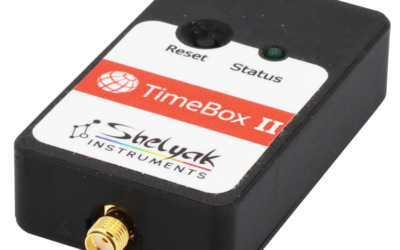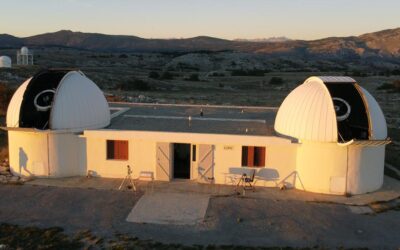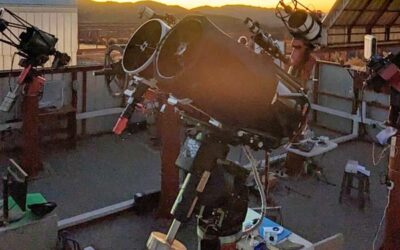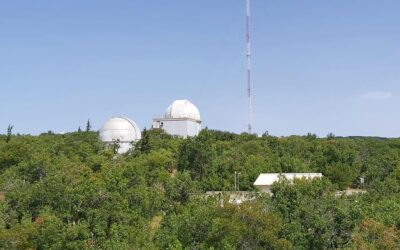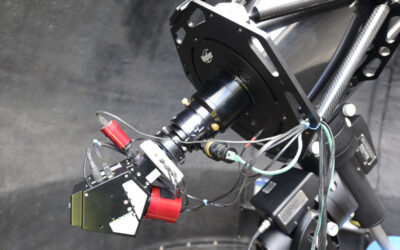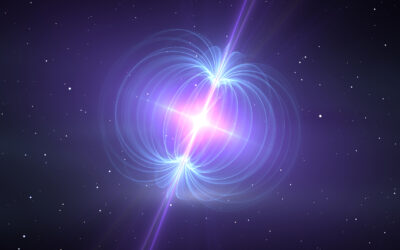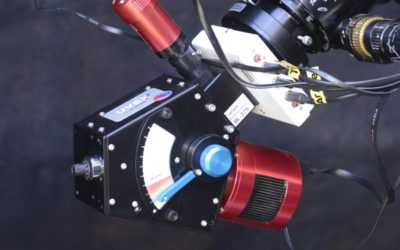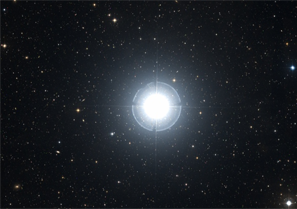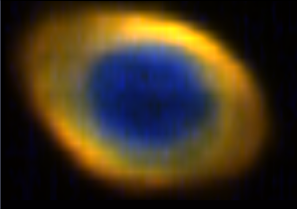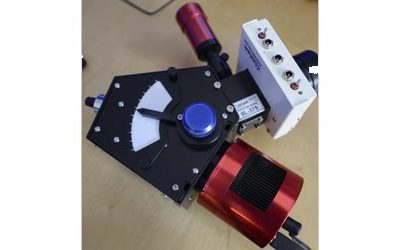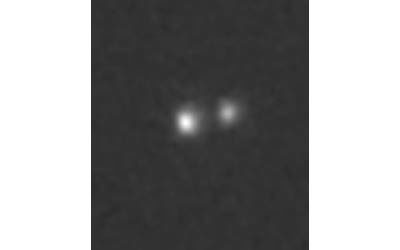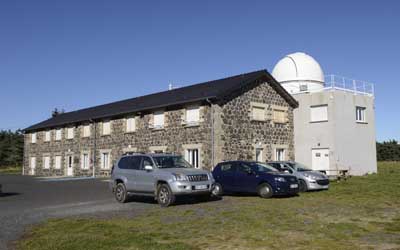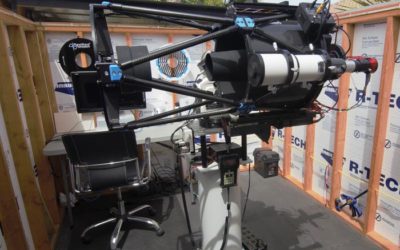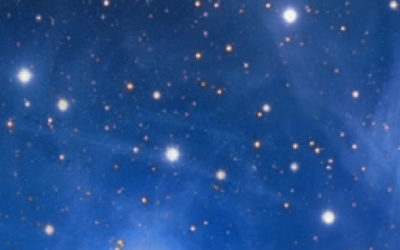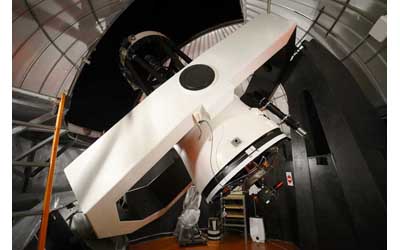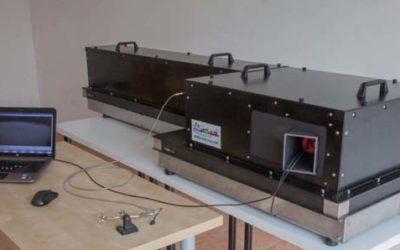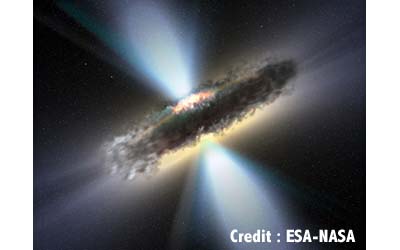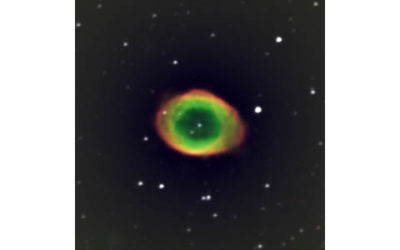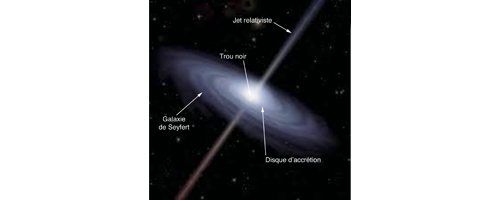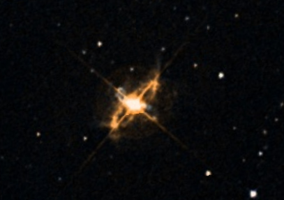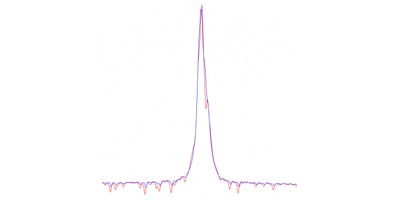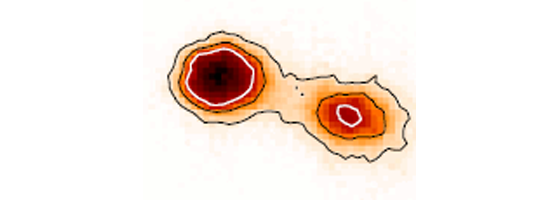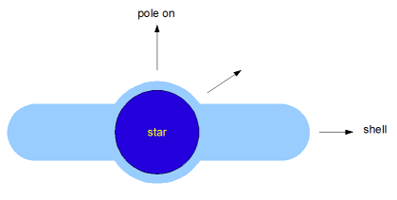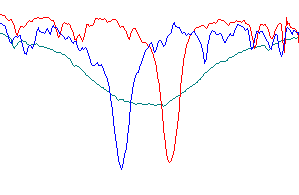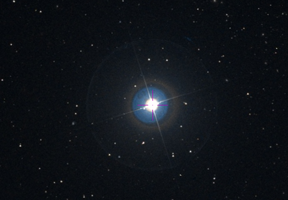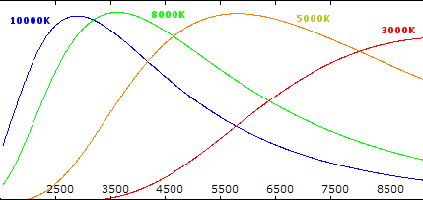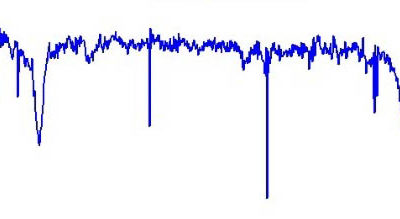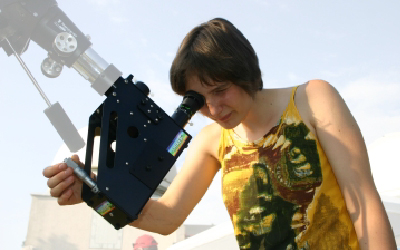TimeBox II is a simplified- and equally accurate - version of the original TimeBox, which has been in the Shelyak catalogue for several years. It is considerably cheaper, and this is something that is likely to radically transform observations of stellar occultations....
Projects
The whoppshel on a 1m telescope
By Olivier Garde The Calern plateau, near Nice, is a site of the Observatoire de la Côte d'Azur, which is home to, among other things, the C2PU (Centre Pédagogique Planète et Univers) with 2 twin 1m-diameter telescopes. Every year since 2017, with the 2SPOT team, I've...
An exoplanet collision
How did a team of amateur astronomers become co-authors of an internationally renowned scientific publication?An association of amateur astronomers 2SPOT[1] is a public-interest scientific association created in 2019 by five amateur astronomers (Stéphane...
My experience of the 2023 spectro course
At the end of this article, you will find the different presentations made by the course leaders!August 8th arrival at OHP Great day to plant setups at the Haute Provence Observatory. Amidst rosemary, myriads of little white snails and other small creatures, I arrived...
Remote Spectroscopy – the UVEX Motor Unit
When looking to upgrade from my LISA in 2020, the UVEX had much to recommend it. Its ability to access a broad spectral range was important as was the flexibility to both adjust the grating angle and to swap over gratings to shift between low and mid resolution....
Spectropolarimetry or how to observe the magnetic field of a star with a 72mm telescope and a 3D printed spectrograph
By Guillaume BertrandI started astronomy at the age of 15, in 2003, with the opposition of Mars. I quickly joined the astronomy club "Village du ciel" based in Vendée to exchange with other amateur astronomers. My first instrument was a 114/900, I got all the...
UVEX : Extreme spectra
UVEX is a multi purpose spectrograph allowing spectra to be performed in the near IR and near UV domains but also on weak targets.
Spectroscopic Observations on Beta Persei (Algol)
During my program “Spectroscopic Detection of Interstellar Sodium” I also came across Algol. Because of unclear Na lines, I took new recordings later. I noticed the different position of the HeI line (5875.62 Å) and the greatly changed shape of the Na-D lines.
Creating an image via spectral scans
Take narrow band images from a single spectral scan with an Alpy 600.
UVEX by Shelyak : first light
The very first tests of the UVEX prototype produced by Shelyak Instrument.
The twin Quasar
taken a twin quasar spectrum with an Alpy 600
The Whoppshel in action on a 60 cm telescope
Using a Whoppshel spectrograph R = 30000 on a 600mm telescope at the Hubert Reeves observatory in Mars (Ardèche-south of France)
How I go about planning the acquisition and logging of a stellar spectra ?
I use the software package AstroPlanner by iLanga, Inc. for my initial planning. I have added approximately 75 stars which contains all the information I need to plan the acquisition.
Study of a spectroscopic binary with amateur setup
In this article, I will try to show you that amateur astronomers can achieve remarkable results in the astrophysical study of the stellar world.
Magnitude 17 with a LISA
Using a LISA spectrograph on a large diameter telescope.
The Whoppshel, a high resolution echelle spectroscope
The Whoppshel, a high resolution echelle spectroscope (about R=30000)
Quasar spectrum with a Lisa or an Alpy
Realize a spectrum of a very weak object with a LIsa or an Alpy, it is possible.
Planetary nebulae confirmation
How to confirm a planetary nebulae candidate ?
Making Science with an Alpy
Making Science with an Alpy The last paper in Astronomy & Astrophysics magazine (A&A) “New outburst of the symbiotic nova AG Peg after 165 years “ is based on spectra collected by observers from all around the world (12 nations represented) with...
How to measure the redshift of a galaxy ?
Comment mesurer le redshift d’une galaxie lointaine avec un spectrographe basse résolution.
Symbiotics stars
Symbiotics stars Recommended equipment : Star Analyser, Lhires III, eShel, Alpy, Lisa Time : one night or a life time ! Summary Symbiotic stars are interacting binary red giant & hot stars. The red giant loose material which is accreted by the hot star...
Del Sco : 2011 campaign for periastron
Del Sco : 2011 campaign for periastron Be stars are hot, non supergiants stars whose spectra have shown or still show spectral emission in Balmer line - typically Halpha. Those emissions comes from material around the star - often an equatorial disk or ring. Those...
Beta Lyrae – Shelyak !
Beta Lyrae - Shelyak ! Well... beta Lyrae is a special star for us as its arabic name is Shelyak, the origin of the Shelyak Instruments company name. Few years ago, we spent couple of week studying this star spectroscopically. This is a Be star (see article about this...
Be stars
Be stars Recommended equipment : Lhires III, eShel, Lisa, Alpy Time : one evening to a life time ! Abstract Classical Be stars are non supergiant B-type stars that exhibit or have exhibit emission lines over the photospheric spectrum. This article review common...
Beta Aurigae spectroscopic binary
Beta Aurigae spectroscopic binary Recommended equipment : Lhires III, eShel Time : several observing nights Summary Grâce à la haute résolution du Lhires III, il est possible de séparer de nombreuses étoiles binaires spectroscopiques. Ces étoiles, qui n'apparaissent...
RV (Radial Velocity)
RV (Radial Velocity) Recommended equipment : eShel, Lhires III Time : 1 h Stars are moving into space and their spectra appear shifted compared to the same lines in laboratory. Exemple here is SAO104807 which is moving toward us at a speed of 100 km/Sec and SAP112958...
Lithium star : 59 Vir
Lithium star : 59 Vir Recommended equipment : eShel, Lhires III Time : one evening (acquisition) 59 Vir is a G0V type star, close to solar spectral type. But its spectrum display a stroing Li I (6708) absorption line. This star is rather young and lithium will...
Measure star temperature
Measure star temperature Recommended equipment : Lhires III, eShel, Lisa, Alpy, Star Analyser Time : 4h French philosopher Auguste Compte (1798-1857) became very famous when he wrote in 1835 about stars: "... we will never know, by any mean, chemical composition of...
Spectral classification (high resolution)
Spectral classification (high resolution) Recommended equipment : Lhires III, eShel Durée : 1 night Introduction Low resolution spectroscopy allows to classify stars and measure their effective temperature. But this method is limited and hgih resolution spectroscopy...
Spectral classification (low resolution)
Spectral classification (low resolution) Recommended equipment : Lhires III, Star Analyser, Alpy, LISA, eShel Time : 1 night Spectroscopy is a great tool to compare stars between themselves and determine their spectral class - thus their effective temperature. In low...
Planet’s rotation
Planet's rotation Recommended equipment : Lhires III, eShel Time : one evening (acquisition), 4h (analysis in group) Introduction Doppler-Fizeau effect is particularly visible on Jupiter or Saturn spectra taken with Lhires III. One spectrum os Jupiter is enough to...
Sodium in all its states !
Sodium in all its states ! Recommended equipment : Lhires III, eShel Time : 1h Sodium element has a nice spectral signature with two narrow lines in the yellow. Those lines, D1 & D2, are at wavelength 589.00nm and 589.59nm, split by about 6 angstroems only. You...
Atmospheric sodium
Atmospheric sodium Recommended equipment : Lhires III, Lisa , Alpy Time : about 1h (at sunset) 80km above our head is an atmospheric layer with sodium excited by our Sun. During the day, it is not visible as the solar spectrum is too bright. During the night, this...
Solar spectrum (visual)
Solar spectrum (visual) Recommended equipment: Lhires III, Lhires Lite Time: 1h It works every time: anyone watching the solar spectra in hig resolution enjoy it -it is magical! and it's easy: you just have to direct the Lhires III, without a telescope, directly...

